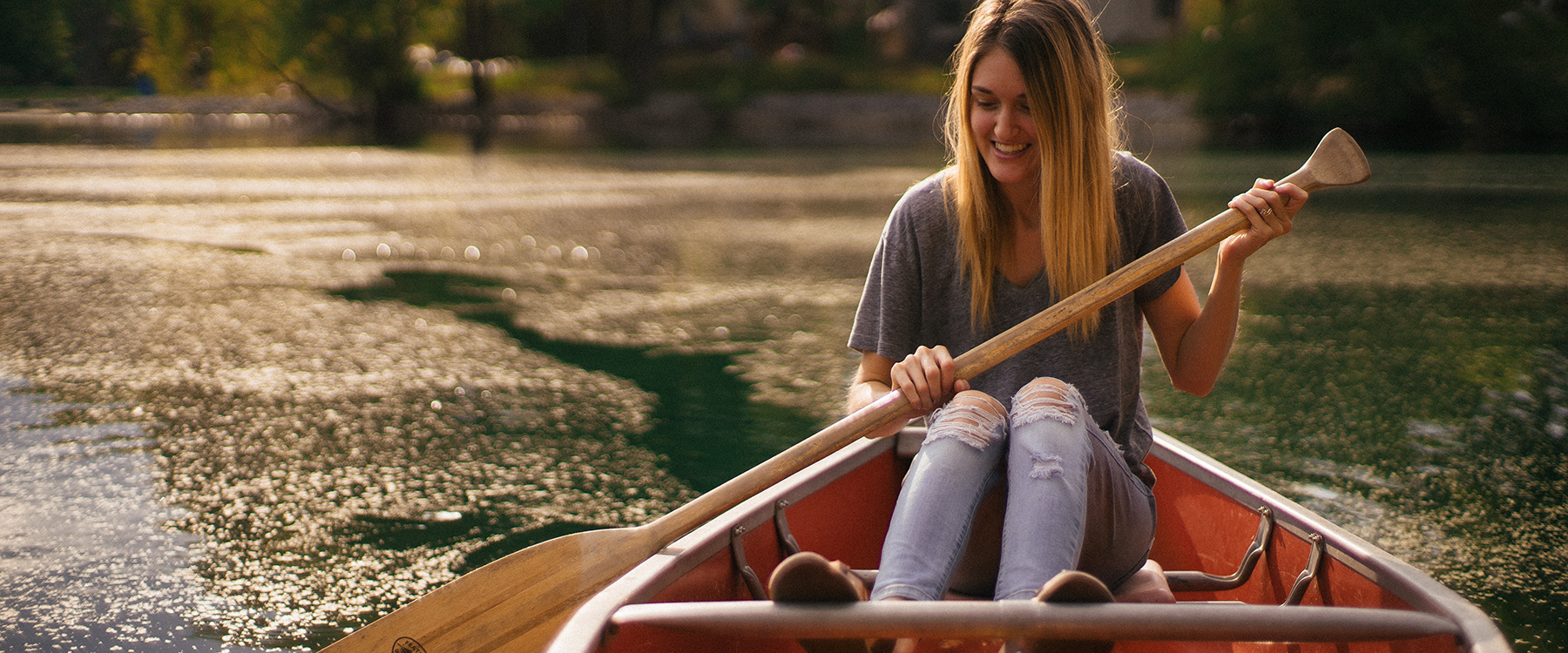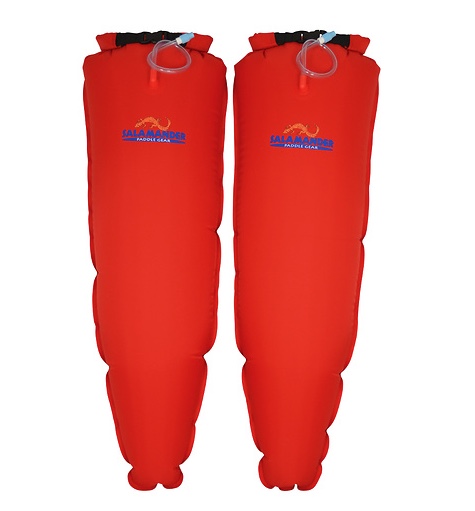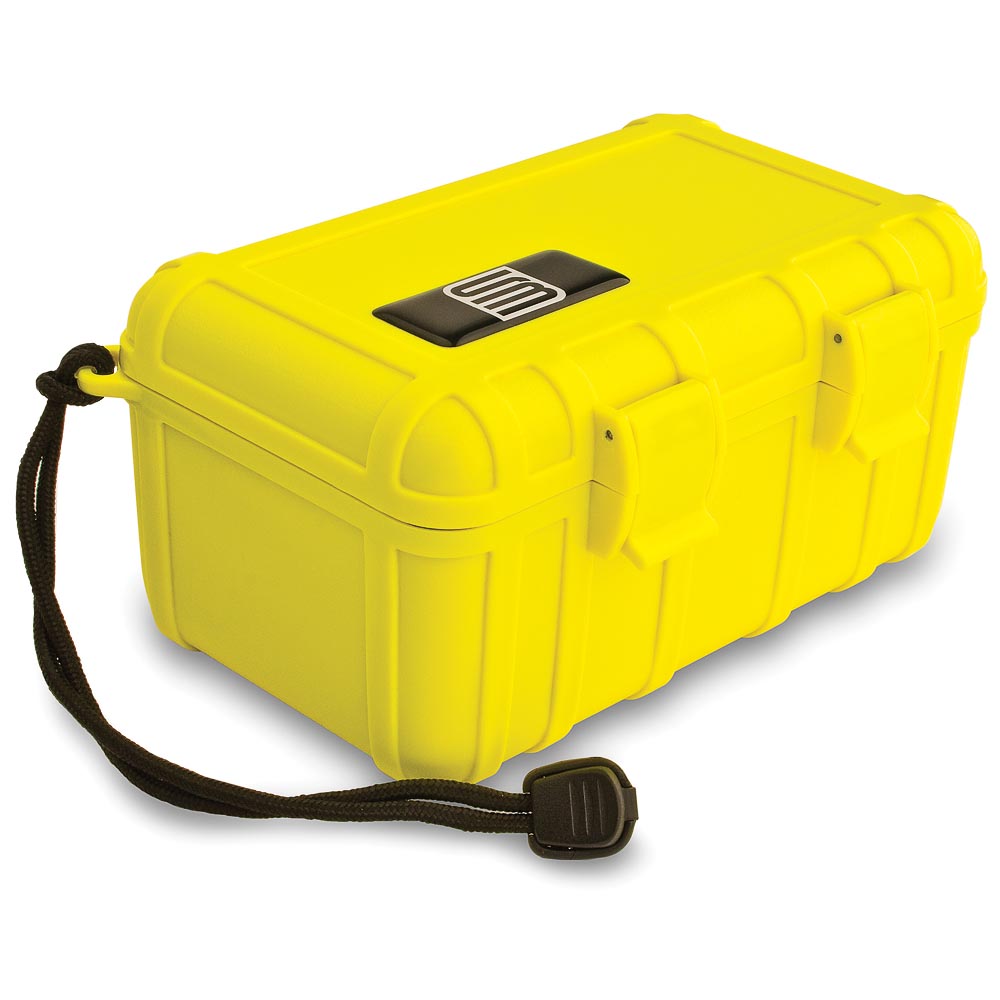There is absolutely nothing more soothing than the sound of water lapping on a shore, canoe, or kayak, or the beautiful white noise of water roaring through a tight rocky chute or crashing on the shore of a pearly white beach.
If you’ve experienced these sounds, whether by kayak or canoe, you know how they can make a might outdoors especially tranquil. Now, imagine being lulled to sleep by these soothing sounds as you camp next to those waters.
Camping near a slow-moving blackwater river, beside a rushing stream, in dark and mysterious bayous, or along a sandy shore is truly a remarkable experience. Whether you’re a beginner looking forward to your first paddle campout or a seasoned boater, there are some important steps you need to take to ensure that your overnight paddling trip goes smoothly. Here are six of the most important things to consider.
1. Choose a Suitable Trip
The key to experiencing the perfect overnight canoe trip is selecting a destination that matches your desires and abilities. Of course, you want to select a journey that has plenty of natural beauty, history, wildlife, and maybe even a few challenges—but, it should be reasonable. It’s thrilling to dream of paddling among alligators in the dark bayous of the Mobile-Tensaw River Delta (aka “America’s Amazon”), but that dream involves certain risks that are suited to only the most seasoned paddlers.
Choosing the perfect trip boils down to picking a route that fits your skill level. If you’re a beginner, you should consider trying your first paddling campout with an experienced group or outfitter.
It’s also important to factor in time requirements. Consider how much time you have for a trip, taking into account travel times to the put-ins, take-outs, breaks for lunch, swimming, etc. That will help determine the length of the trip.
Start slow and work your way up to more challenging trips, and always keep it simple. Shorter trips on smaller bodies of water are just as fun and exciting as paddling larger waterways.
2. Consult the Experts
Pull out that old trusty paper map or guidebook or consult online maps to find a waterway to your liking. Then, use the internet to find local clubs and outfitters in the area of the waterway you want to paddle.
“The knowledge of an outfitter allows you to experience everything from whitewater to the salty waves of the Gulf of Mexico and everything in between,” says Jim Felder with Alabama Scenic River Trail (ASRT). “They can show you things it could take you a lifetime to learn otherwise.”
Outfitters can offer insights on the best times of year to paddle the waterway, and they’ll point out possible launch sites and takeout locations. Plus, they can inform you of possible campsites and identify areas prone to log jams and portages.
Another consideration is the weather. It’s not only important to be aware of storms so you can stay warm and dry, but it’s also important to know how weather affects the waterways. Heavy rain hundreds of miles north of a river will dramatically affect the river’s water levels farther south. Without warning, paddlers downstream of a storm could find themselves in swift, rising water. And keep in mind that it’s dangerous to paddle a river that has reached flood stage.
Many streams and creeks in the Southeast are seasonal, and rain greatly affects their water levels. During periods of heavy rain, waterways can reach flood stage and become too hazardous to paddle. During a drought, there might not be enough water to allow your boat to float, and you’ll end up dragging it frequently.
Before you launch, consult an outfitter, American Whitewater, or another resource to determine the current water flow of your destination and whether the conditions are safe.
You also need to identify quick escape routes in case of emergency. “With Google Earth and all the other satellite mapping resources these days, there should be little chance that you run out of places to get out of the water,” says Felder. “Anywhere a road crosses a creek, you can probably get out.”
3. Choose Campsites Carefully
Ok, so you’ve found the river you want to paddle. Now, what about camping? Many people think that any river, creek, or stream is publicly accessible. You may be just fine paddling that waterway, but unless designated campsites have been established, you may find yourself stepping out of the boat and trespassing on private property.
If land in the river—like a shoal or sandbar—has trees growing on it, it's probably part of the adjacent landowner's property. If there aren’t trees on the land, you're likely OK.
Once again, this is where contacting local outfitters and paddling clubs comes in handy. You can also turn to ASRT, which has made things easier by logging hundreds of campsites along the state’s waterways.
4. Keep it Simple When Gearing Up
As you’re gathering your camping gear and supplies, remember the mantra “keep it simple.”
There’s no need to go fancy and invest in a lot of expensive gear. In general, you should try to carry a relatively lightweight load. Remember, you have to bring all of it with you. The size of your canoe or kayak will limit your load, and if you have to portage, you have to physically carry all of that gear with you. And, of course, extra weight and how it’s loaded can play havoc with the balance of your boat.
While it’s good idea to go light, don’t leave behind important essentials. Bring (and wear) your PFD, and be sure to pack food, water, a fire source, first-aid kit, flashlight, sunscreen, maps, and navigation devices. If you paddle during mosquito season, or if rain is a possibility, consider bringing a tent. Otherwise, you can choose to just sleep out under the stars.
REI has a very useful and complete list of “possible” items to take on a paddling campout, so check it out and make adjustments to suit your particular needs.
Before you depart for your camping trip, do a shake down by loading your boat to find the perfect balance when stowing the gear. Then, eliminate any items that you decide you don’t really need.
Be sure to use watertight bags or containers to protect items that shouldn’t get wet, such as clothes, sleeping bags, electronics, matches or other fire-starting supplies.
5. Food and Water
The adventurer in all of us dreams of paddling down a river, dropping a line, and catching our meals fresh from the river. It’s a dream, friends. With luck you can, but it’s not something you want to rely on. So, do a little meal planning, and bring your own provisions. Most paddlers like quick and easy breakfasts to get the day started, a more substantial lunch, and a larger dinner.
Avoid carrying perishables like eggs, and keep things simple. Breakfasts can be as easy as oatmeal, cereal with dry milk, fresh fruit, bagels, or muffins. Lunches can be anything from PB&Js to tuna and crackers to summer sausage and cheese on crackers. For dinner, you can’t beat the latest freeze-dried meals. They’re tasty and quick, with easy cleanup. And, be sure to pack along your favorite snacks, too.
As for water, if you’re paddling freshwater that can be treated, bring the proper water-treatment system or a stove to boil water. Even if you’re prepared to treat water, you should still carry a minimum of one gallon of water per day per person.
6. Fire it Up
There’s nothing like sitting around a campfire after a day on a river. Before you shove off, check fire regulations to see whether or not campfires are allowed, where you can build them (sometimes they’re only allowed on sandbars), and if there are any burn bans in effect.
Organizing an overnight paddling trip for the first time can be a challenge, but it’s also pretty exciting. With all of the things you need to consider, it can feel like you’re planning a great expedition. By mapping out things carefully and gathering information from knowledgeable sources you’ll ensure smooth days on the water, and you’ll finally experience every paddler’s dream—a peaceful night where the lovely sound of lapping water lulls you to sleep.
Written by Joe Cuhaj for RootsRated in partnership with Blue Cross Blue Shield of AL and legally licensed through the Matcha publisher network. Please direct all licensing questions to legal@getmatcha.com.
Salamander Ultranighter Bags - Flotation and Dry storage bags to make any overnight kayak trip go smooth. These are available in Small and Large.
Newly re-designed with a separate sealed bladder from the storage area. Now you can pack your gear, roll down and close the bag, stuff it in your boat and blow up the bladder. This keeps your gear sealed and dry while the separate bladder holds you gear in place without losing any air! Designed to keep your supplies dry and protected from water brought in by boat condensation, capsize, or hull leakage. Made from 210 Denier PU Laminated Oxford Fabric that ensures the bags are lightweight and strong. The tapered shape of the bags allow them to pack tightly into difficult spaces, maximizing the dry storage potential of all boats. These Large bags are large enough to hold a sleeping bag. 2 bags per set. Click here to order online.
S3 Dry Boxes - Hard dry boxes to keep your items dry on the river. Many sizes available.
The S3 case line is focused on extreme protection of personal effects or electronic items. Watertight, indestructible protector cases are injection molded, high impact ABS, silicone cord sealed & crush proof. Perfect for small items that need protection from the elements.




Comments